Dhaka, Nov 22 (V7N) – A series of earthquakes jolted different parts of Bangladesh between Friday and Saturday, intensifying concerns among seismologists about the country’s growing vulnerability to a major seismic disaster. Experts warn that Bangladesh may face an earthquake similar to the recent powerful jolts in Myanmar and Thailand, placing Dhaka, Chattogram, Sylhet, Mymensingh, and the Barind region under high-risk zones.
According to the Bangladesh Meteorological Department, Friday’s earthquake measured 5.7 on the Richter scale, with tremors felt at 10:38:26 a.m. across Rajshahi, Dhaka and nearby districts. Specialists believe this may be a precursor to a stronger seismic event that could strike in the near future.
On Saturday, the capital and surrounding areas experienced yet another earthquake at 6:15 p.m., recorded at 4.3 magnitude by the United States Geological Survey (USGS). The epicenter was located 10 kilometers underground. Earlier the same morning, at 10:36 a.m., a minor 3.3 magnitude tremor was detected in Palash, Narsingdi by the Meteorological Department’s Earthquake Observation and Research Center. The repeated seismic activity has triggered fresh concerns among experts and disaster management authorities.
Researchers warn that the Barind region is at particular risk because excessive extraction of groundwater has caused underground layers of sand and gravel to become hollow and unstable. When groundwater levels fall sharply, the soil loses structural strength, increasing the likelihood of land subsidence even during moderate tremors.
A recent study identified poor rainwater retention, the depletion of natural ponds and canals, and the expansion of irrigation-based agriculture as key reasons behind the rapid fall in groundwater levels. As a result, soil cavities formed underground can collapse during seismic vibrations, causing the ground above to sink.
On 25 August, the National Water Resources Council’s Executive Committee declared 25 upazilas across Rajshahi, Chapainawabganj, and Naogaon as “extremely high water-scarcity zones.” Villages in Tanore, Godagari, Nachole, Gomastapur, Niamatpur, Porsha, and Sapahar face severe water shortages during the dry season. Women frequently stand in long queues at deep tube wells to collect drinking water, highlighting the severity of the crisis.
Speaking at a recent climate dialogue, Professor Chowdhury Sarwar Jahan of Rajshahi University’s Department of Geology and Mining said the groundwater crisis in the Barind region has reached an alarming stage. He warned that if current extraction levels continue, the likelihood of ground failure during earthquakes will increase significantly, putting millions of people at risk.
Seismologists say the recent sequence of tremors should serve as an urgent wake-up call. They recommend immediate steps to regulate groundwater extraction, restore rainwater conservation systems, strengthen urban preparedness, and enforce strict building codes—measures they believe are critical to reduce the potential devastation from a major earthquake.
END/MRA/SMA/



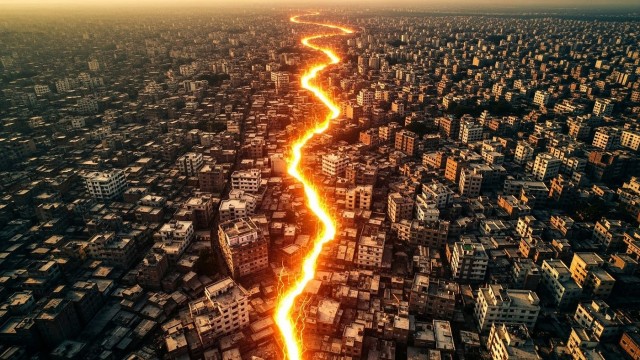

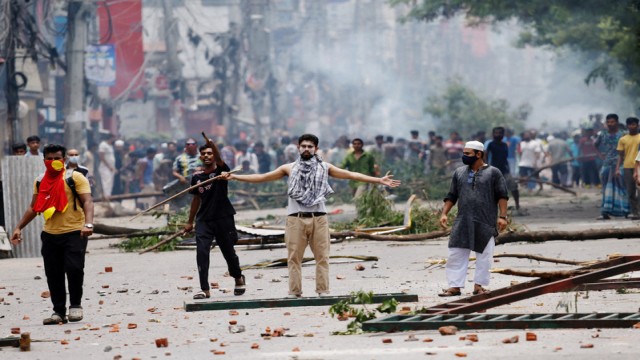
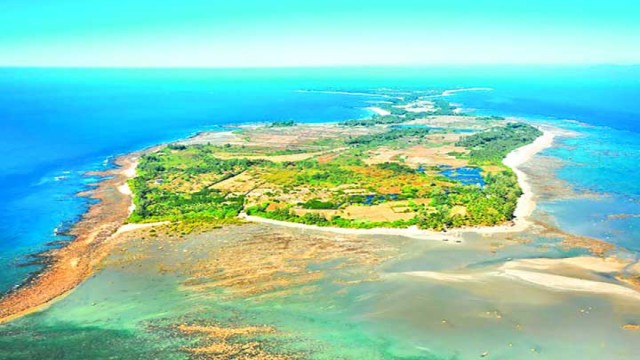



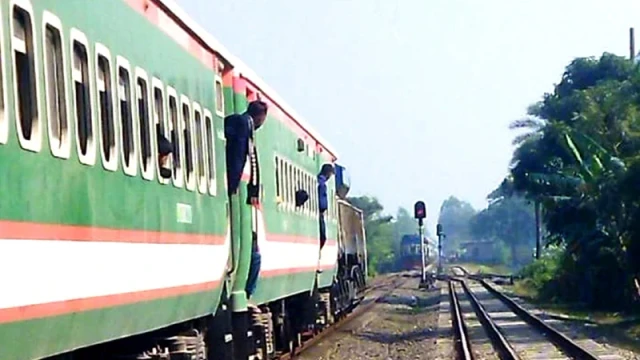
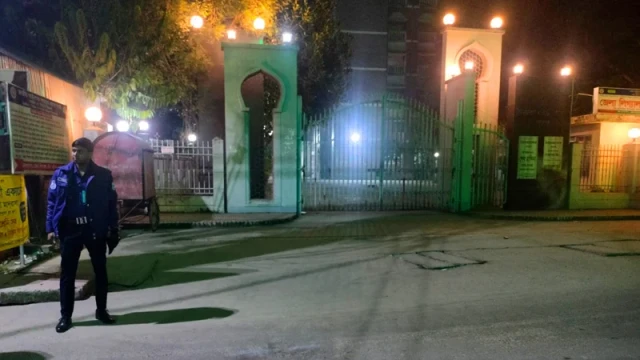
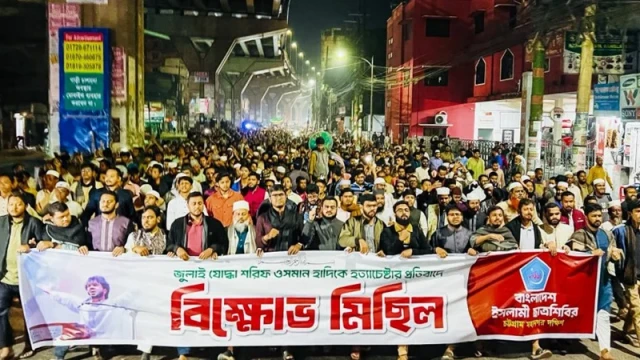


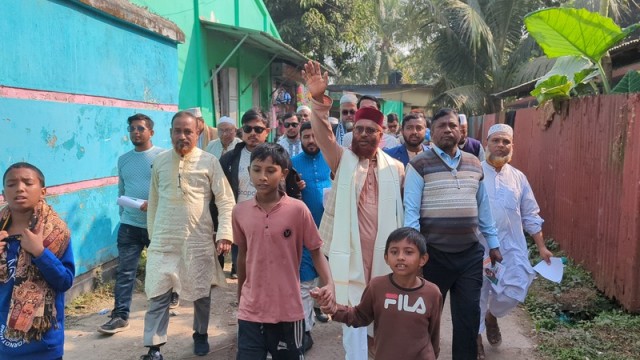





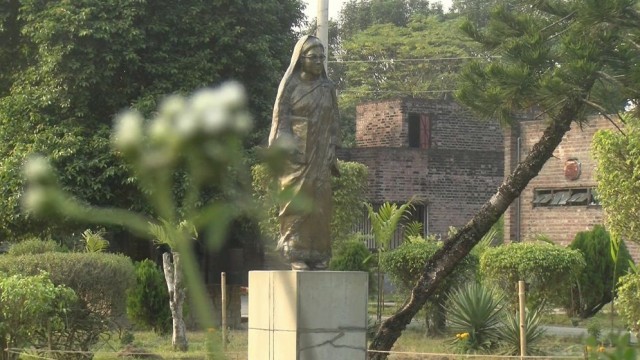






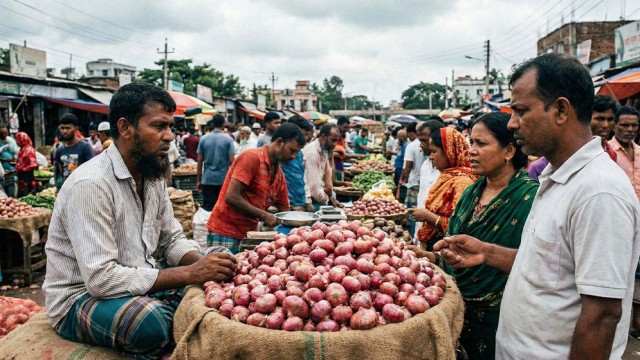

Comment: